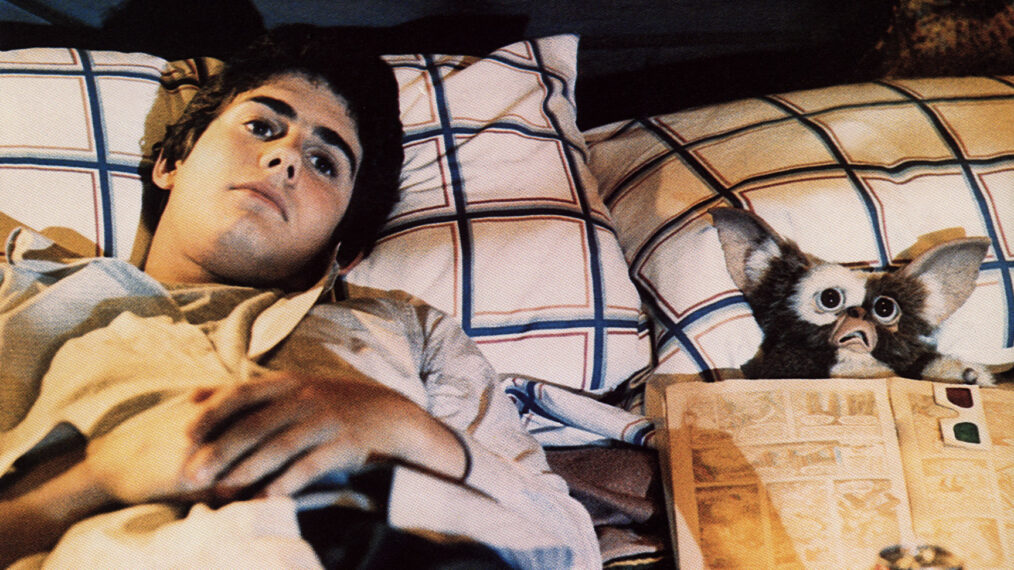Bureaucracy, Modernism and Striped Pants: 35 Years Later, How Does Beetlejuice Hold Up?
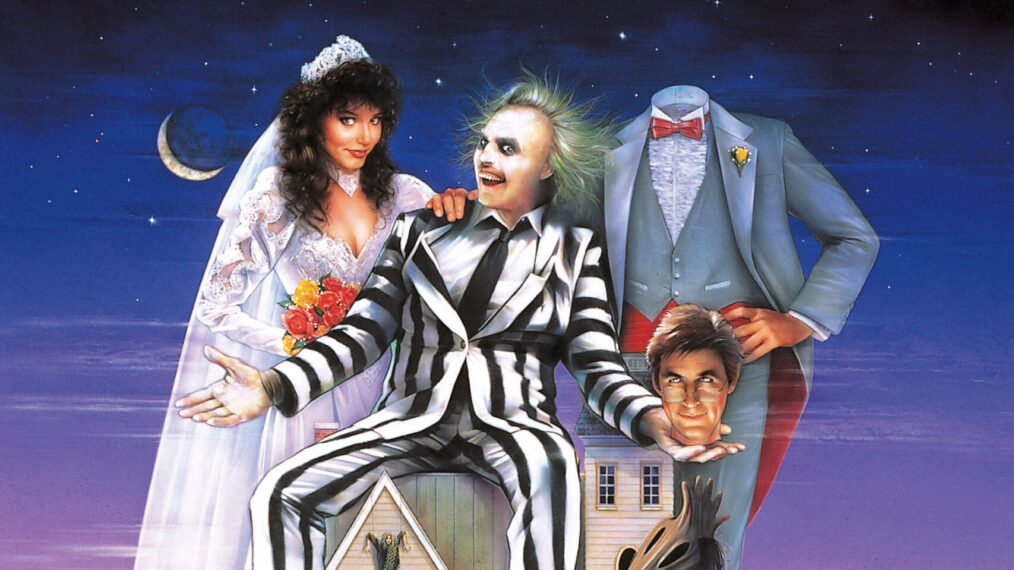
With a sequel on the horizon — albeit delayed due to the strikes — and a two-day marathon on TBS starting October 28 to celebrate Halloween , it seemed like a good time to revisit the 1988 classic horror comedy Beetlejuice. Or, in my case, watch Beetlejuice for the first time, something I’ve been meaning to do since wearing striped pants around Paris in 2013 and having so many strangers call me Beetlejuice I lost count. (They must really like that movie in France.)

Paris, 2013
Awesome pants aside, this movie about a recently deceased couple who hire a weird zombie named Beetlejuice to rid their house of its new owners is clearly about the importance of family, in all its various (if spooky) iterations. Very ’80s theme, to be sure. I would file various other thematic elements in the same folder:
Bureaucracy
The fact that even dead people must wait in endless lines to talk to their chain-smoking undead case workers is clearly a cultural criticism (the recent Disney hit Coco had similar scenes, so perhaps this is a timeless theme). Or at least that’s how I saw it, probably because I’m from the Soviet Union and we spent a lot of our time in lines.
Modernism
Taking aside the undead aspect, this whole movie is really a fight over architecture style. I gotta go with Geena Davis on this one.
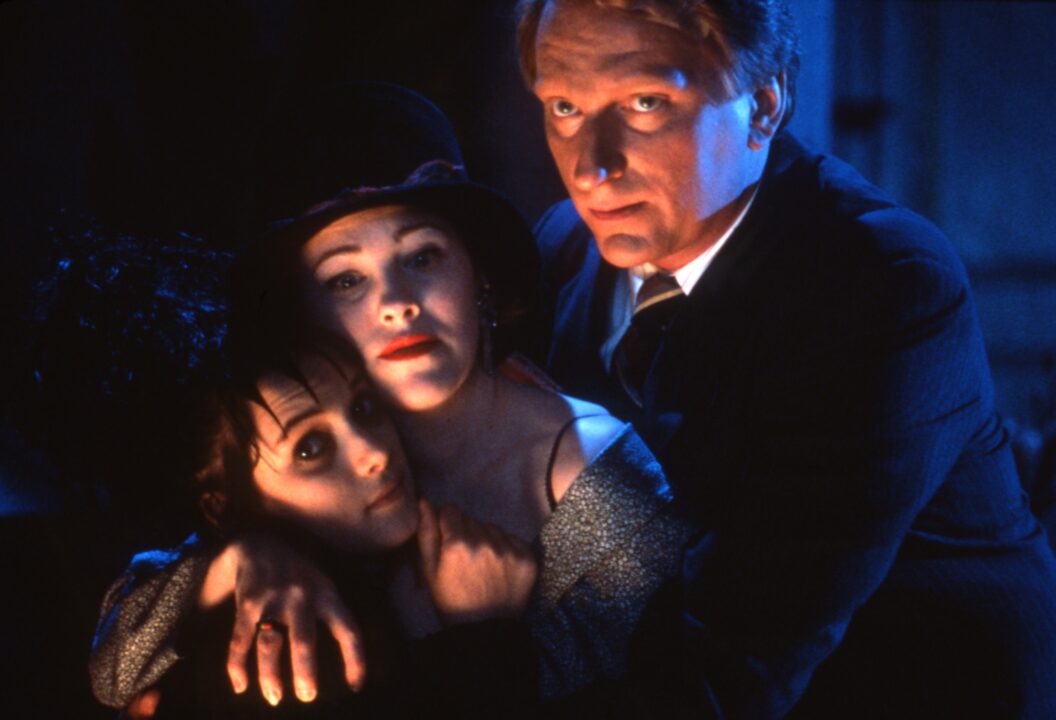
Courtesy of Everett Collection
City Vs. Country/Rampant Materialism
The new tenants, former New York yuppies, are unbearable, absentee parents to their sad goth teenager, played by a very young Winona Ryder (though really not young enough to be called a “kid,” in my opinion — she looks nearly college-bound), and all their New York friends who visit are equally as awful. Failed artist/classic evil stepmother Delia (played by Catherine O’Hara) not only spends a lot of money making the inside of this home look gaudy and dismal, the first thing she wants to do when they discover they’re being haunted by ghosts is find a way to make money from it. Though she finally shows her stepdaughter some attention, since Lydia can see the dead couple and talk to them, it’s only for her own means.
In the end, though, everyone wins, because Lydia saves the dead childless couple from a botched exorcism, and they end up being like the parents she always wanted and needed. Her actual parents are missing from the last scene, so one can only guess they went back to New York where they belong.
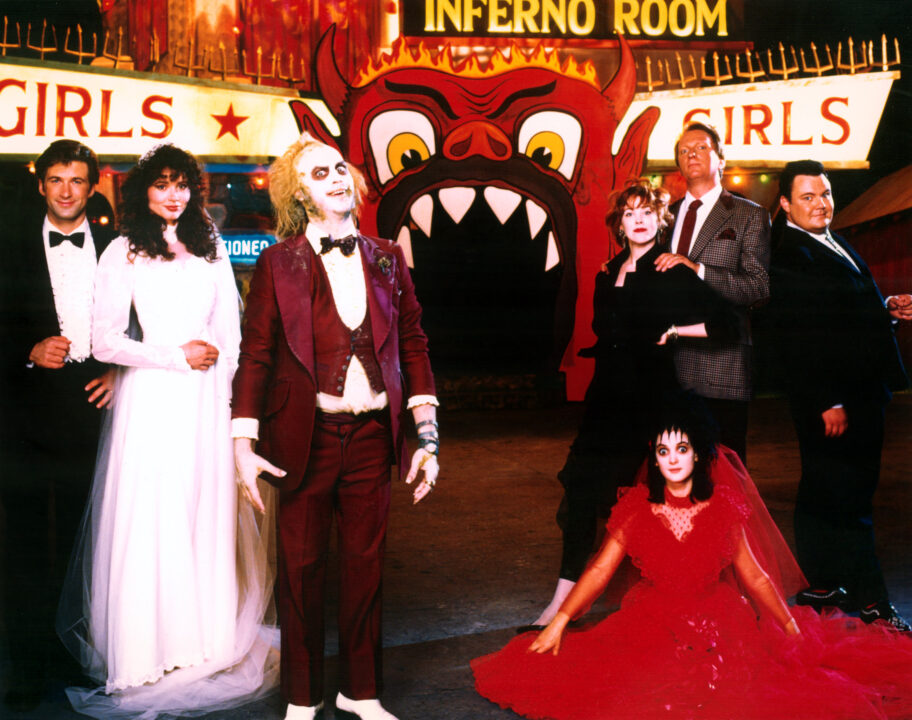
Courtesy of Everett Collection
Pros: Like Gremlins, I love the interior of this house (before it gets horribly remodeled). 1980s-style homes are so cozy. Being that the house is a big point of contention in the plot as well, it was probably designed that way on purpose. I also like that no one is all that bothered by finding out ghosts are real, and all anyone wants to do is sit around a house and do nothing all day. This decade seems very chill. Also, Alec Baldwin.
Cons: One thing I’ve started to notice about 1980s movies is that they are really quite long. Like, maybe too long? I can attribute this partially to modern attention spans shortening, including mine, but also, there is a lot of filler here. We don’t even meet Beetlejuice, the title character, until halfway through the movie!
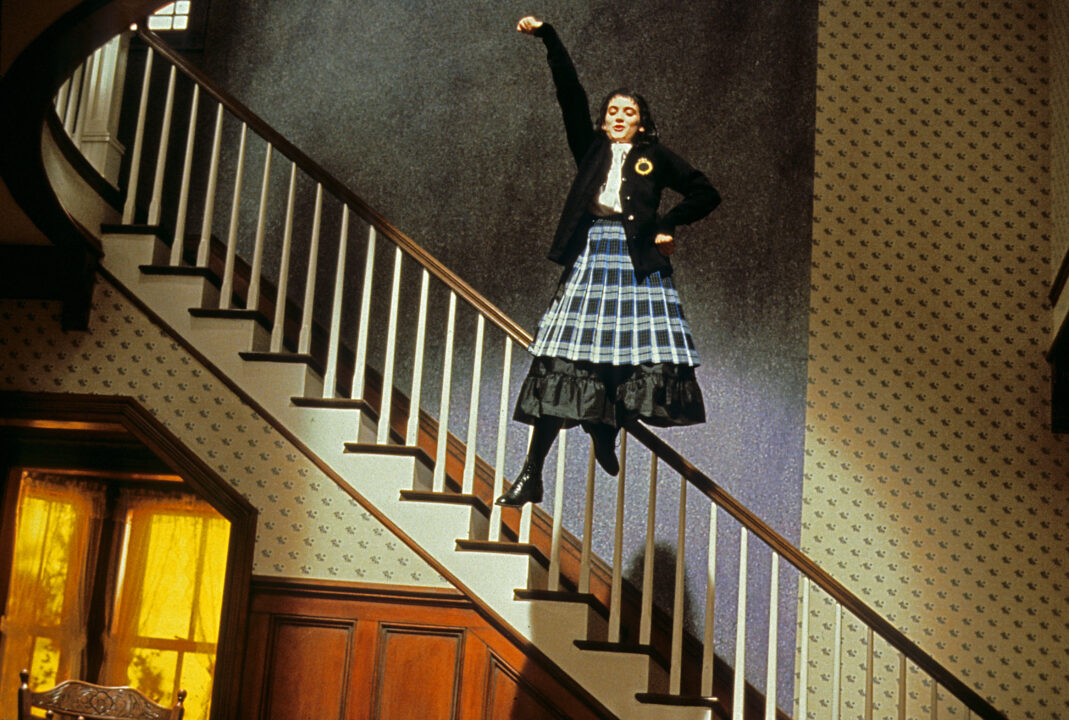
Courtesy of Everett
Questions: What on earth did Adam and Barbara do before they died? Other than sit in their house? They talk about being on vacation before the fateful run-in with the nefarious dog that ends up killing them, but jobs are never once mentioned. Adam seems to spend all his time working on the small-scale model of their town, Maitland (which is also their last name, oddly), and Barbara spends all her time on the actual house, cleaning it and decorating it, hoping to one day have children. The entire movie ends up being set in this house in its various forms, too. It’s almost claustrophobic. But maybe it’s meant to be?
Final takeaway: Don’t put your life on hold until you have the “perfect” house or “perfect” situation to finally start a family, because you could die in car crash just going to the store?
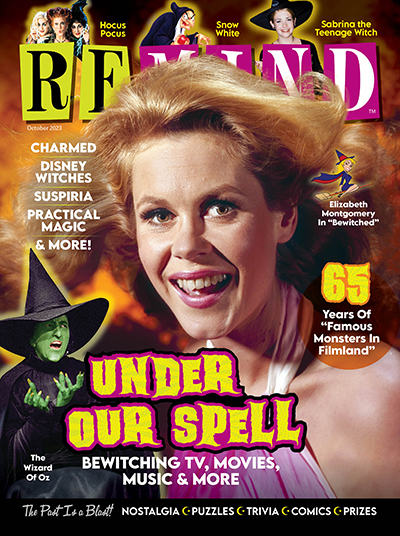
Witches
October 2023
Take a fond look back at our favorite small-screen spellbinders
Buy This Issue
